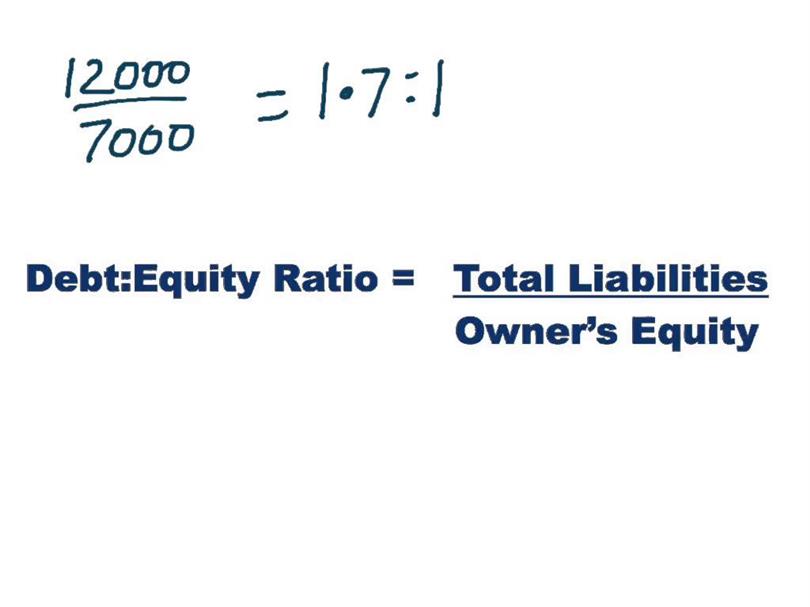
Law firm accounting software is an accounting solution designed specifically to streamline and automate the unique financial and billing practices of law firms. An integrated legal accounting software simplifies the complexities of your financial management. This isn’t a one-size-fits-all solution but tailored software built with the intricacies of the legal profession in mind. QuickBooks is a great solution for attorneys and small law firms looking for only core accounting functions like accounts payable, accounts receivable, billing and time tracking, and reporting. However, QuickBooks is not a legal industry-specific solution, so larger firms with a large caseload could find it lacking in some areas. For example, you will have to use tags to keep payments or records for each client straight.
Best Law Firm Accounting Software Reviews
- Legal accounting software simplifies billing and invoicing by automating these processes.
- This isn’t a one-size-fits-all solution but tailored software built with the intricacies of the legal profession in mind.
- All QuickBooks Online plans come with a one-time Guided Setup with an expert and customer support.
- It is a great fit for firms handling a large volume of documents every day, especially if you’re using Microsoft 365 or Google Workspace.
- Grow your law firm with a platform that simplifies document management and your law practice’s accounting.
Artificial intelligence (AI) work in process in product cost by order and automation are transforming accounting software for lawyers. AI-powered tools can perform complex financial analyses and provide insights that would be difficult for humans to achieve. Automation reduces the need for manual data entry and billing tasks, freeing up lawyers’ time for more valuable activities.
You can think of bookkeeping for hair stylist PCLaw as a strong accounting foundation, with lightweight law practice management features built on top. And if your law firm needs more comprehensive case and document management, PCLaw integrates with Time Matters. These tools often include customizable reporting, budget tracking, and scenario analysis features.
Integration with Other Legal Software
For example, MyCase and Clio offer integrated platforms that combine accounting and case management features. Clio is an excellent option for law firms seeking quick and efficient communication tools—its built-in text messaging feature allows you to communicate quickly with your clients and team members. You can also integrate the software with some of your favorite business management tools, and you can process unlimited documents in any Clio plan. It also stands out for its unique features, such as SMS text messaging and a do-it-yourself (DIY) website builder, making it among the most affordable legal practice management solutions. Law firm accounting software is specifically designed to handle the unique requirements of trust accounting, which is crucial for compliance with legal regulations. These software solutions often include features such as separate ledgers for client funds, automated reconciliation of trust accounts, and detailed reporting capabilities.

FreshBooks
Accounting for law firms has unique requirements for trust accounting, billing, and more. While general accounting software may work, choosing accounting software that’s designed for law firms will be vastly more useful. Look for legal-specific accounting tools or software that integrates with legal practice management software to create a solution that works for your law firm. PCLaw is a popular, long-standing practice management, billing and accounting solution for small and midsize law firms.
It also includes a legal accounts system that complies with the SRA Accounts Rules and CLC Accounts Code. Thus, I deem Quill as the ideal choice for UK-based legal practices seeking a comprehensive management tool. Using my experience with finance and accounting software, I tested and compared several of the top legal accounting software available. From there, I compiled my results into in-depth reviews to help you find the best software for your unique needs. I’m confident that you’ll discover your next legal accounting equivalent annual annuity eaa software in the list below.
Features include time tracking, matter management, and billing automation. You can manage trust accounts, generate invoices, and store documents in one platform. Rocket Matter also provides detailed reporting tools for tracking financial performance and client activity. The right legal accounting software helps you better manage and improve your law firm’s cash flow by providing a clear, real-time picture of the firm’s financial data. However, choose CosmoLex for its robust CRM features through CosmoLex CRM.
Clio Accounting speaks to Clio Manage, enabling you to seamlessly track time, invoice, and collect payments, making Clio your single system of record. Keeping accurate records of your law firm’s accounts is a challenging yet vital part of running a legal practice. It must also have a three-way reconciliation of client ledgers, trust accounts, and bank statements. Support and training options vary by software provider, but most offer a range of resources to help firms get the most out of their accounting software. These can include online tutorials, user manuals, webinars, and live support.



